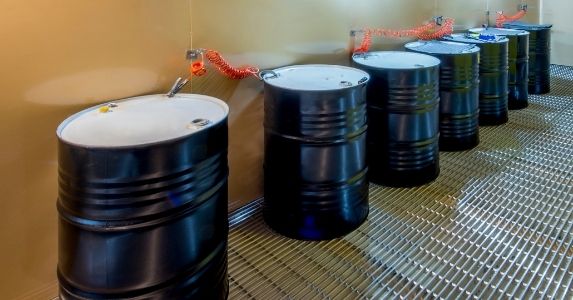6 Essentials for Successful BSC Certification
A fully functional and clean biological safety cabinet (BSC) is a must-have for successful lab operation. Regular certification of the proper working order of the BSCs is both a legal requirement and best practice.
For starters, a BSC must be demonstrably safe for your internal lab environment and personnel. To that end, the Occupational Safety and Health Administration has very strict guidelines around the proper operation of BSCs. To remain compliant, managers must certify their BSCs and verify they are in optimum working order.
Also, keep in mind that when the BSC is running as recommended by the manufacturer, you’ll be in the best position for lab success and experiment validity. Therefore, you should also treat a certification program as an opportunity to ensure you are getting the most value from your BSC investment.
BSC Certifications: Compelling Reasons
The BSC certification program should be part of your lab's overall safety culture, along with regulator cabinet decontamination (we covered this previously). You should combine it with an approach that includes tests, communications, and trainings. All BSC certifications help ensure your experiments don’t create risks for your lab environment, personnel, and the public, as OSHA explains.
Following these OSHA guidelines permits the safe manipulation of moderate- and high-risk infectious agents (Biosafety Levels 2 (BSL-2) and 3 (BSL-3)). Currently, there are three required certifications:
- During BSC installation
- Whenever the BSC is moved
- Once annually, according to OSHA regulation (29 CFR 1910.1030(e)(2) (iii)(B))
Getting BSC Investment Returns
On top of the safety benefits, there are sound financial reasons for certification, as well. Organizations and departments can realize potential cost savings and efficiencies. A BSC is essential and expensive to buy, maintain, and operate, and certifications can ensure it functions to its maximum potential.
That's because certifications capture a variety of operational benchmarks (integrity, containment, and more). An effective certification will detect any deviations from acceptable operational levels—allowing lab managers to proactively address any performance issues and increase BSC productivity.
Also, as a cabinet nears its end of life, certification will also alert managers when it’s time to upgrade. This can enable better planning and budgeting for their BSC operations. Because of this, depending on a BSC's usage, we advise regular certification.
Optimum BSC Certification
To get the best value from certifications, lab and operations management must adhere to rigid guidelines and best practices (including NSF guidelines). Some of the cornerstone certification processes should verify baseline performance via:
- Velocity testing: This procedure obtains samples to determine if there is an acceptable airflow and calculated total cubic feet per minute (CFM) volume within the BSC. Testers document the measurements, which must meet the manufacturer's specifications.
- High efficiency particulate air (HEPA) filter integrity testing: This protocol documents acceptable HEPA filter performance. Primarily, it determines that there is no leakage exceeding 0.01% of the upstream challenge concentration.
- Airflow testing visualization: Here, the tester utilizes a smoke pattern assessment to visually identify airflow throughout the cabinet. This ensures there are no dead spots or anomalous areas within the cabinet.
- Additional special testing capabilities: Testers should perform these only if there are maintenance issues that require attention—or if there are issues that require more intensive assessment or troubleshooting. They include:
- Particle count classification
- Viable environmental sampling
- Sound level testing
- Fluorescent light testing
- Ultra-violet light testing
- Electrical testing
- Vibration testing
- Temperature/humidity testing
- Troubleshooting and repairs: If, during certification, you find anything that can impair BSC performance, it’s crucial you create and execute a remediation plan. Your internal team or partners should be prepared to act on any problems detected by testing. This means that, even in the field, you must be capable of cabinet repairs and component replacement.
- Documentation/compliance reporting: It is a best practice for you (or your vendor) to create a compliance calendar to track upcoming certifications and obtain real-time compliance reports. To streamline the process, testers can create these electronically and share them with regulators.
You may find BSC certification is a burden that consumes your internal resources and time—and interferes with innovation. If you prefer to engage with a third party to ensure certification is done right, Triumvirate Environmental offers a full set of services for your BSC needs.






